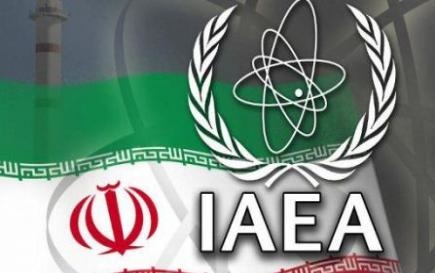In a marked shift after more than nine months of improving relations with Iran, the International Atomic Energy Agency has raised concerns about Tehran’s cooperation over its nuclear program.
The IAEA reported on Friday that Iran has only taken three of five transparency steps agreed with the Agency last November.
The IAEA said the Islamic Republic has not provided information on experiments on explosives that could be used for an atomic device, and on studies calculating nuclear explosive yields.
The news of the IAEA’s report came a day after Iran and the 5+1 Powers announced the resumption of high-level talks, beginning on September 18 in New York, for a comprehensive nuclear agreement.
The Agency said Iran had fulfilled three areas of the agreement, two of them just after an August 25 deadline: information and a technical visit to a centrifuge research and development centre; information and managed access to centrifuge assembly workshops, centrifuge rotor production workshops, and storage facilities; and conclusion of a safeguards approach for the Arak heavy-water nuclear reactor.
The IAEA’s complaints on the other two areas are linked to a sensitive area of the ongoing negotiations between Iran and the 5+1 Powers — the “possible military dimensions” of its program.
The US and allies have demanded inspections of facilities such as the Parchin military base, claiming that a high-pressure container could be used for high-explosive testing. Iran says Parchin and other military facilities are outside the framework of the nuclear talks, although it has been negotiating with the IAEA over access to the bases.
Signs of trouble between Iran and the IAEA came after an August 17 visit of Agency head Yukiya Amano to Tehran for talks on both the November agreement and a follow-up set of arrangements in February. As soon as Amano left Tehran, Iranian media criticized the Agency for being a political tool of the US and other Western powers — even as Iran’s top officials insisted that they were cooperating on key issues such as explosive-wire detonators that could be used in a militarized nuclear program.

